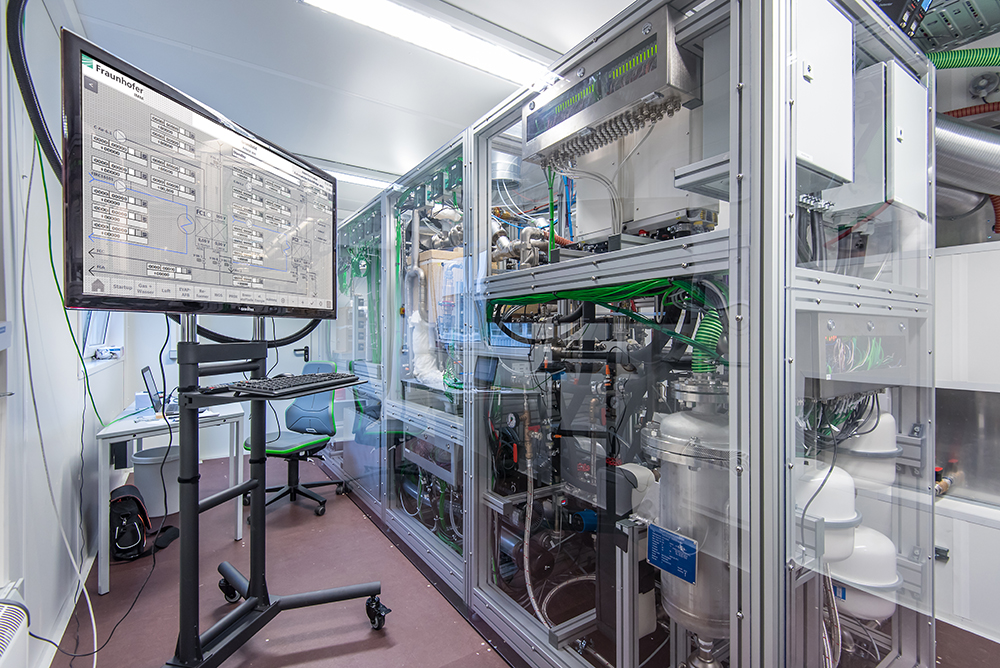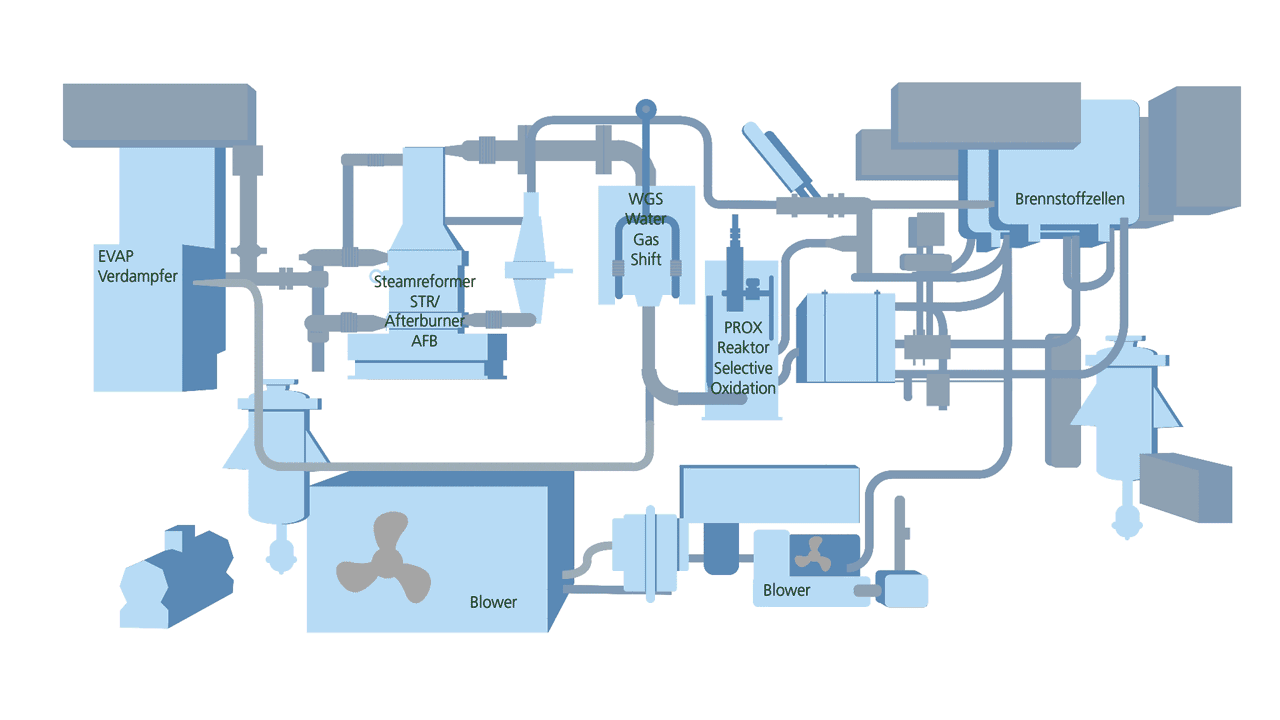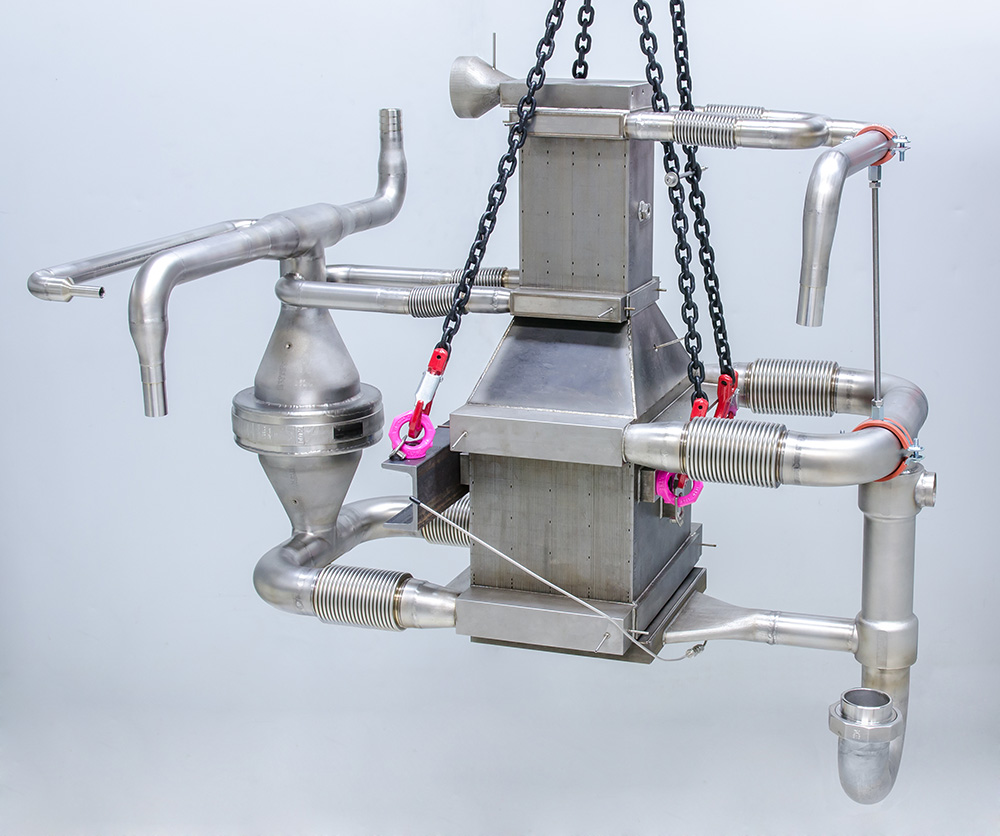Climate Neutral Energy Supply of the Future

The search for an efficient and, preferably, at the same time ecological and perspectively at least CO2 neutral electrical energy and heat supply preoccupies almost everybody, from the owner of a single-family house, the planners of a whole residential area to companies. The prototype of our fuel cell combined heat and power (CHP) unit presented at November 18 promises to be an appropriate solution for the scale of a small residential area, when having successfully completed all trials. With an electrical power equivalent of 50 kWel and an overall efficiency of the CHP unit expected to be larger than 95 % a technology basis has been created, the system efficiency of which is less dependent from the load scenario in place as it would be the case when relying on combustion engines in the CHP unit. Additionally the maintenance requirements are reduced by extensively avoiding movable parts. Even though it is currently intended to use natural gas from the network CO2 neutrality can easily be reached by attaching the unit to a biogas plant.
 Fraunhofer Institute for Microengineering and Microsystems IMM
Fraunhofer Institute for Microengineering and Microsystems IMM
